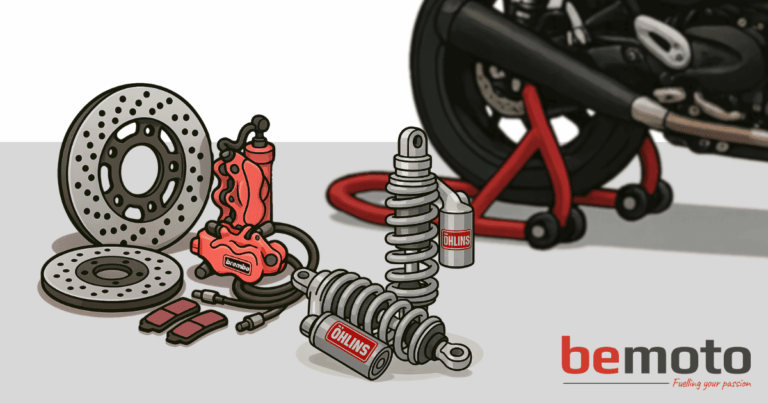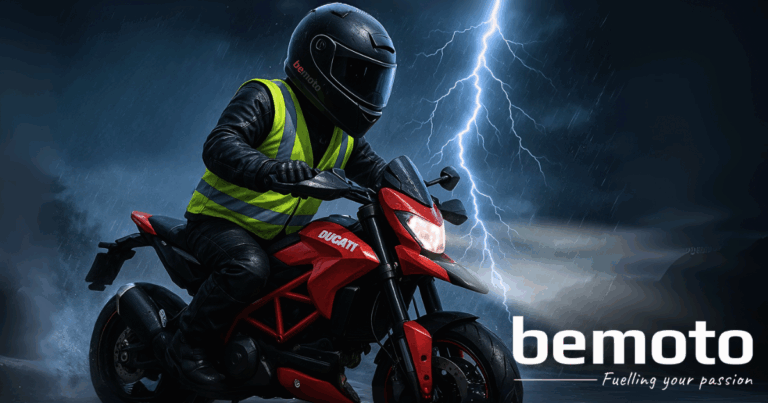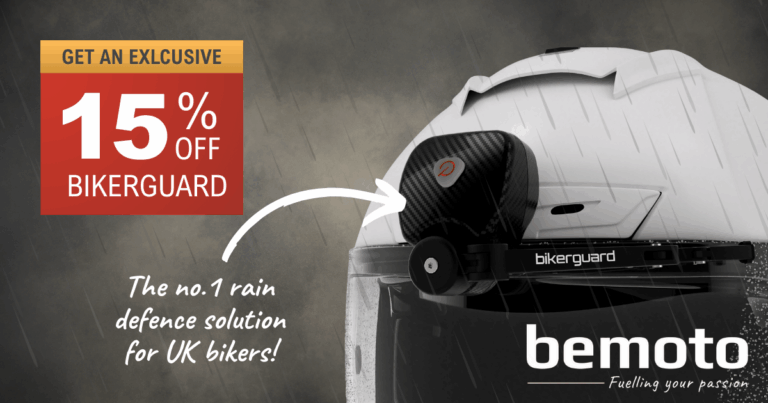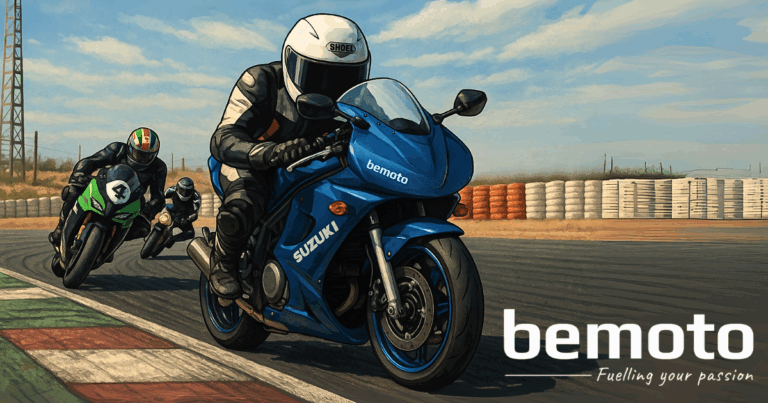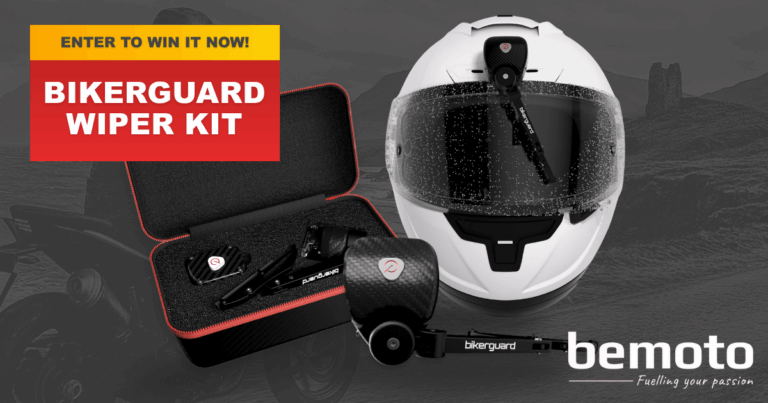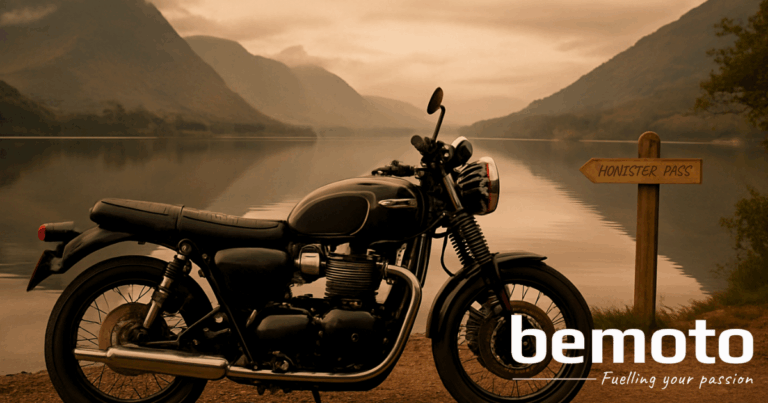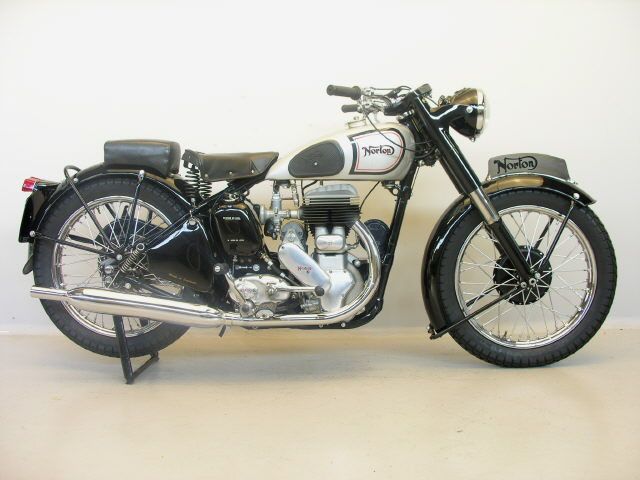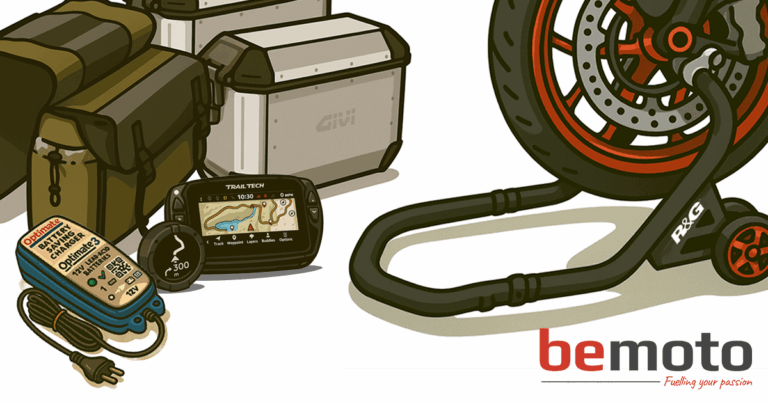
Top 10 motorbike accessories
Motorbike accessories aren’t just for looks. The right kit can make riding more comfortable, practical and enjoyable, whether you’re commuting or touring. From luggage and tech to comfort upgrades, here are ten accessories that are genuinely worth adding to your

